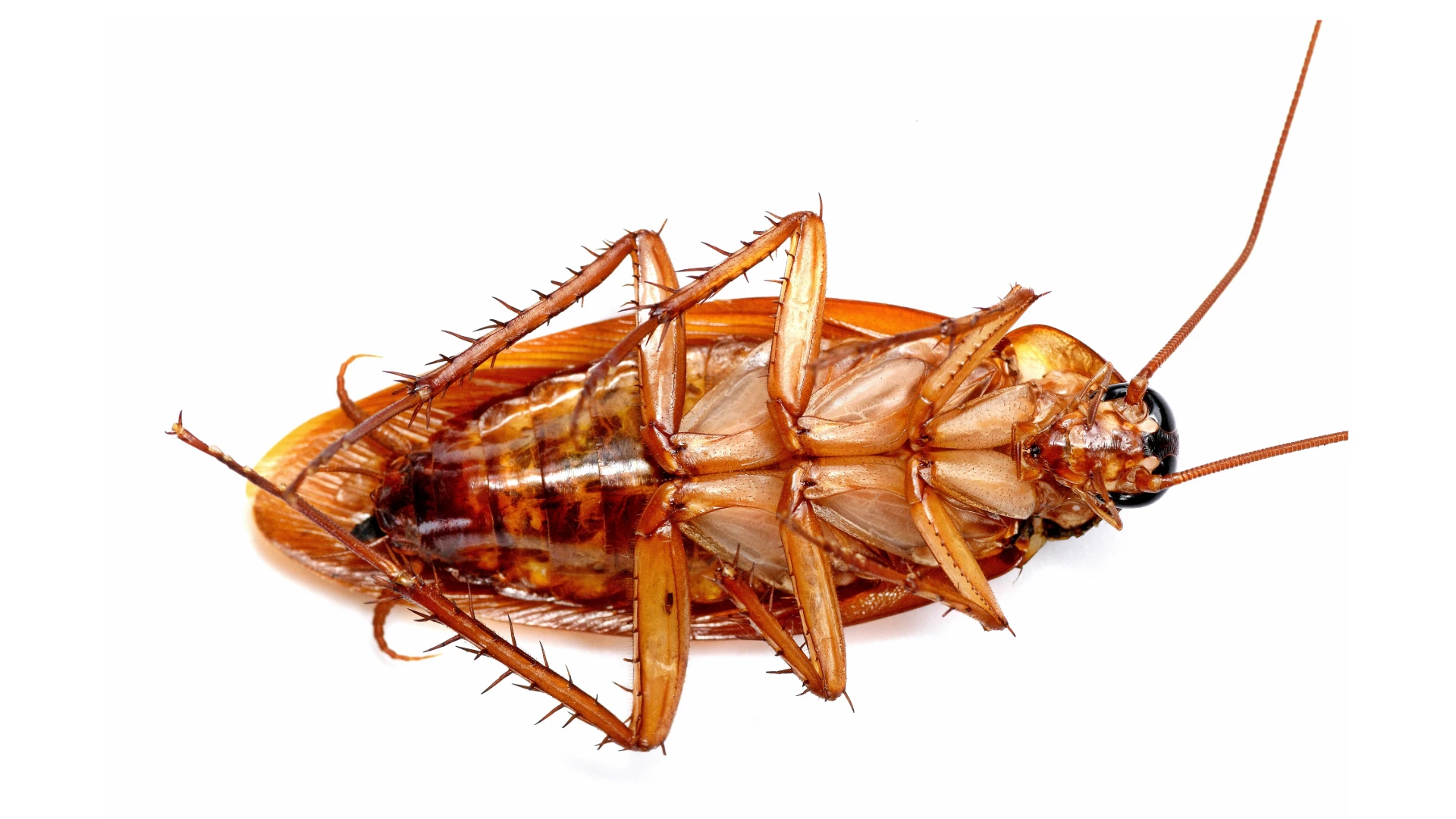

Success in treating rodents depends on a variety of factors: the products and services applied, customer understanding and collaboration, and the ability to read and anticipate rodent behaviors, to name a few.
Products and services. Most PMPs continue to incorporate some combination of bait stations (used by 94 percent), snap traps (84 percent), block baits (82 percent), exclusion (71 percent) and glue traps (70 percent), as well as other tools. Some PMPs are leaning toward using more non-toxic products as consumers become more vocal in their personal preference against such products, and as rodenticides face increasing regulatory scrutiny.
“Our customers are not interested in non-lethal control, but they do ask about the impact of rodenticides on the environment and what they can do to control the rats or mice without rodenticides. Five years ago, we used second-generation anticoagulants in about 95 percent of our rodent calls; now we’re at about 60 percent,” says Tom Drapeau of Freedom Pest Control. “We focus a lot on exclusion — not just sealing holes, wrapping pipes and such, but also explaining to customers how they can exclude rodents from food sources and nesting areas by doing simple things like cleaning debris in their yards.”
Customer understanding and collaboration. The education aspect Drapeau mentions can be critical to gaining and maintaining control of rodents in residential settings, but many customers resist doing the right thing because of cost, says Daniel Hamilton, termite manager at Ace Exterminating. “Customers expect us to solve the problem, but then they refuse to let us do the necessary exclusion work,” he explains. “They think that rodents are always looking for food, and so they insist that an outdoor bait station is all they need. We have to explain to them that sometimes rodents are looking for shelter; if potential entry points are not repaired, those rodents will come right in once the weather cools.”
Kurt Treftz of Cascade Pest Control sees people trying to cut corners, too, without regard for effectiveness. “In the Greater Seattle region, rats are everywhere,” he says. “Years ago, they were established only in the older urban areas. But urban/suburban sprawl has since drawn them into a vast network of neighborhoods. Also, our climate, which includes a good deal of rainfall, has allowed them to thrive in the parks, wetlands and beaches. They are endemic to our region now. It’s not a matter of if they’re going to infest your home but when. Yet a lot of homeowners insist they just need a one- or two-time service and then they will ‘see how it goes.’ Managing rodents here requires a more sustained approach.”

The ability to read and anticipate rodent behaviors. When Brandon Swartz owned a crawlspace business in Seattle, he got to know Norway and roof rats really well. Customers of his current business, It’s Bugs or Us Hill Country, in Texas, benefit from his knowledge and experience.
“So many times, a homeowner will ask me why they still have a rodent problem after using home remedies or do-it-yourself snap traps or rodenticide,” Swartz shares. “All of us in pest control know that it’s because strategy is so critical. You need to understand where the rodents are coming in, what path they travel once inside the attic or crawlspace, and what they like to eat. You need to always be thinking like a rodent so you can anticipate their next move and stay a step ahead.”
Swartz’s standard protocol involves suiting up in PPE (for his own protection, as well as that of his customers, and the cleanliness of his truck) — a Tyvek suit, respirator, headlamp, safety glasses and rubber gloves — and knee pads, and then crawling through the attic or crawlspace to identify the path rodents are traveling. He sets as many as 45 snap traps in an attic to make sure no rodent eludes their fatal grip.
“Catching the alphas can be tricky, because even though they move more, which makes them more likely to come into contact with your trap, they can trip a trap without getting caught,” says Swartz. “When you set the traps just a foot apart and use bait they can’t resist, after they trip a trap, they will jump to the next one. That’s where they make their mistake.”
Using this strategy, Swartz once caught 22 rats in one home in one day. What irresistible bait did he use to lure them to his traps? Vanilla wafers crumbled onto small pieces of Hershey’s chocolate. “Works every time,” he says.



Explore the December 2022 Issue
Check out more from this issue and find your next story to read.
Latest from Pest Control Technology
- NYC PCO Growing Business with Focus on Corporate Clients
- Massey Services Promotes Silver, Crespo to Director Roles
- Recurring Services Model, Wildlife Offerings Lead to Impressive Growth for Tailor Made
- Shelters: Difficult to Manage
- NPMA Announces Recipients of 2025 Impact Awards
- Fleetio Expands Geotab Integration with Shop Network Add-In
- RISE Hosts Breakfast at AMCA for Pesticide Advocacy
- WPCA Hosts Annual Midwest Pest Con





